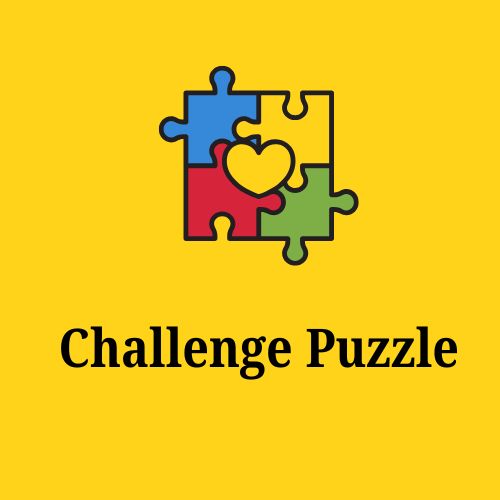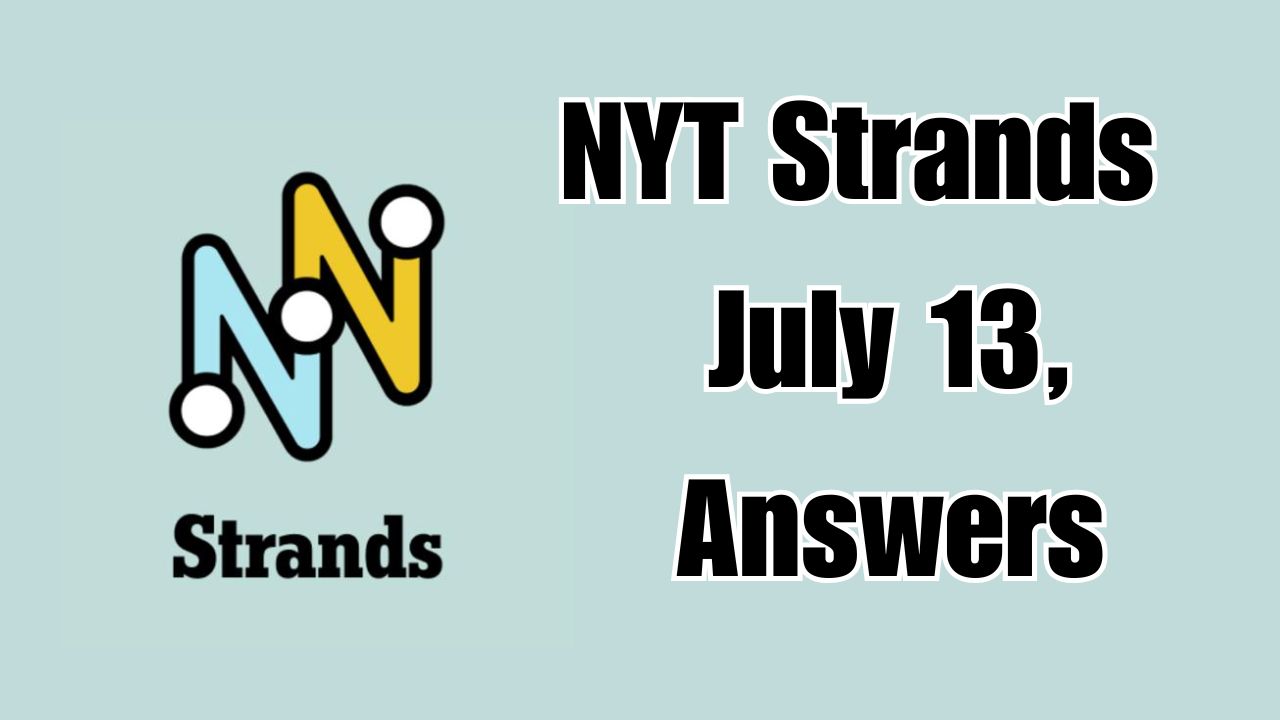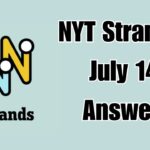The NYT Strands puzzle has become a hit with millions of people. Ready to solve today’s puzzle but a little stuck? Don’t worry—we’re here to help! You’ve come to the right place.
The NYT Strands puzzle game is being played every day. For those who find it a bit difficult to find the letter grid, we have the spangram and every important theme word right here. In this article, we will help you find the solution to this puzzle.
What is NYT Strands?
In NYT Strands, a puzzle game solved by millions of people every day, you are given a grid of letters, within which are hidden words related to a secret theme. Your mission is to find all the thematic words. A spangram is a special word in this puzzle, which spans at least two sides of the grid and reveals the theme of the puzzle. Finding the spangram often unlocks the rest of the puzzle! It has quickly become a favorite daily game for word lovers around the world.
NYT Strands Hints for Today’s Theme: “Completely fabricated”
- Completely fabricated”
But don’t be fooled—the creators are having some wordplay fun! This theme doesn’t mean things that are “made up” in the sense of lies. Instead, it’s a clever nod to fabrics—materials that are quite literally fabricated.
Today’s NYT Strands Answers for July 13, 2025
Today’s Strands Spangram Answer
- Textiles
All Theme Words in Today’s Strands
- SILK
- LINEN
- WOOL
- COTTON
- RAYON
- POLYESTER
- SPANDEX
How Does Spangram work?
If you play NYT Strands, you’ve probably heard the term pangram in the game. It’s one of the puzzle’s most unique features—and understanding how it works can make you a better solver.
In NYT Strands, a spangram is a special word hidden inside the letter grid. Unlike shorter theme words, a spangram is longer than the other words in the puzzle, directly related to the puzzle’s theme, and stretches across multiple sides of the grid. It’s called a “spangram” because it stretches across the grid.
The pangram, like all shorter theme words, is hidden among the letters. It can appear horizontally, vertically, diagonally, or twisting in unexpected directions in the grid. It connects two or more sides; this stretched path makes it special—and sometimes difficult to spot.
Once you discover the pangram, it reveals the puzzle’s hidden theme. If the spangram is fruit, other theme words might be “apple,” “banana,” or “pear.” If it is textile, other words might be “wool,” “silk,” and “cotton.” Recognizing the spangram quickly often makes the puzzle much easier to solve.
Tips for Solving NYT Strands Puzzles
NYT Strands has quickly become one of The New York Times’ most addictive daily puzzles. Combining the fun of a word search with the challenge of discovering a hidden theme, it’s a delightful mental workout for both word lovers and puzzle enthusiasts.
But let’s be honest—some Strands puzzles might just throw you for a loop. Read our detailed article on how to master the game by solving NYT Strands puzzles.
Knowing how Strands works sets you up for success. Look for short, obvious words first. Start by scanning for short, easily recognizable words like CAT, SUN, and NET—even if they don’t match the theme.
The spangram is the backbone of every puzzle. Once you find it, you’ll know the theme of the puzzle and will be able to quickly identify the rest of the words. Find paths that start and end on different sides of the grid.
The words in the strands don’t go straight up or down; they can zig-zag, bend at corners, or go diagonally or backwards. The trickiest words are often hidden in the most creative paths. Guessing the theme beforehand makes it much easier to identify the other words.
Can’t solve the puzzle. If you’re stuck, pause for a few minutes. Many solvers report solving a difficult puzzle immediately after a short break. Sometimes the easiest answer is the right one. If the theme of the puzzle is fruit, don’t overlook words like “pear” or “plum.”
If you all like this article, then do not forget to share this article with your friends, and thank you for reading our article.



